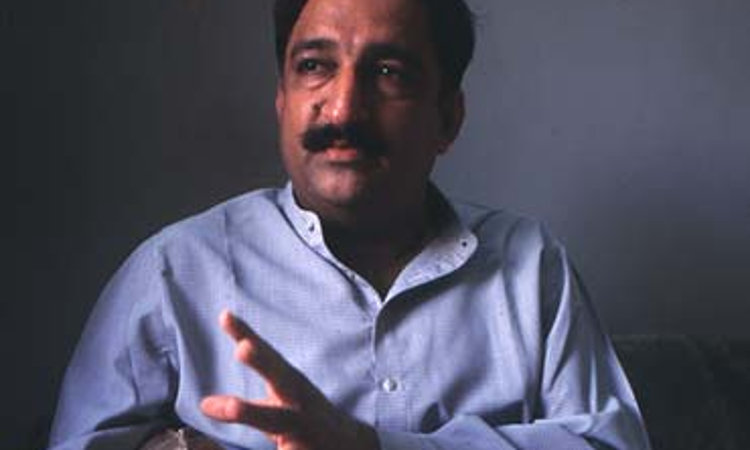Haren Pandya : What Made SC Overturn The Gujarat HC Verdict Which Said That CBI Botched Up The Probe?
Manu Sebastian
6 July 2019 9:38 AM IST

Next Story
6 July 2019 9:38 AM IST
Anil Yadram Patel was the only eye witness produced by the Central Bureau of Investigation in the sensational trial of the murder of former Gujarat home minister Haren Pandya, who was shot dead on March 26, 2003 at Ahmedabad while he was out on a morning walk.It was his sole testimony which mostly formed the foundation of the Supreme Court judgment restoring the conviction and sentence of...
